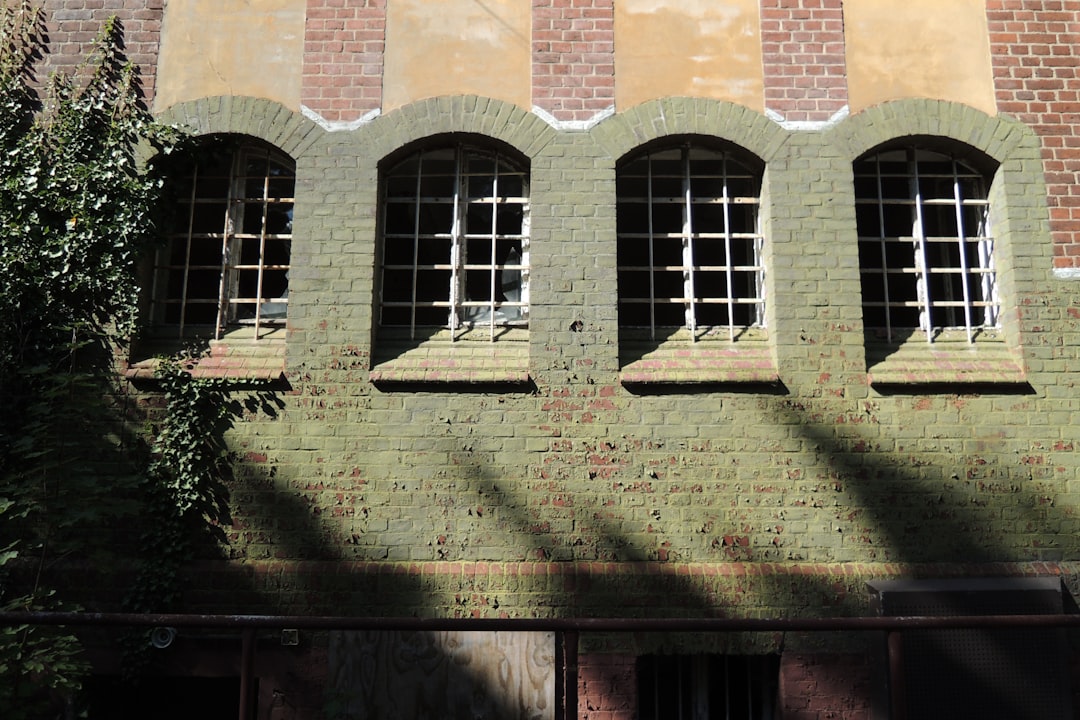What is it about?
This article examines collective petitioning in Spain during the Age of Revolution, focusing on how petitioning became a meaningful form of action. There was a deeply rooted tradition of petitioning in old regime Spain, which was part of the ordinary bureaucratic workings of the crown and also provided a legitimizing framework for rioting in specific contexts. The collective experimentation in popular participation after the 1808 Napoleonic invasion transformed petitioning. Petitioning was first reconceptualized in accordance with the emerging language of rights and popular sovereignty. Activists and commentators had some awareness of the use of public petitioning in Britain, and once the representative Cortes met in Cadiz in 1810, public petition drives on public issues became part of the political culture. At the same time, the need to legitimate unconventional forms of action in the context of a crisis in the state converted petitioning into an all-embracing right. The right to petition, not only encompassed signed protest texts but also legitimated the old tradition of petitioning by riot and further was used to justify provincial rebellions, juntas, and military pronunciamientos.
Featured Image

Photo by Francisco Moreno on Unsplash
Why is it important?
In comparative terms, this article highlights the elasticity of the language of petitioning during the Age of Revolution.
Read the Original
This page is a summary of: Re-imagining Petitioning in Spain (1808–1823), Social Science History, January 2019, Cambridge University Press,
DOI: 10.1017/ssh.2019.21.
You can read the full text:
Contributors
The following have contributed to this page










